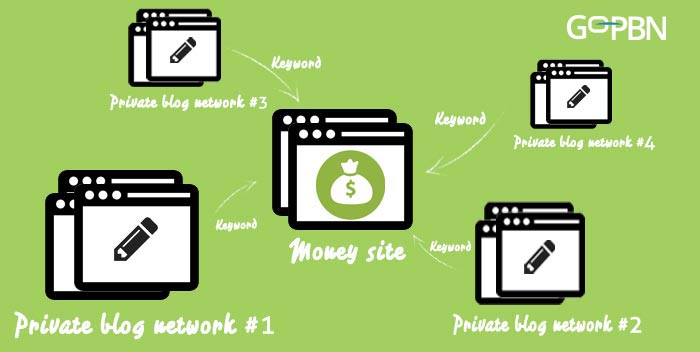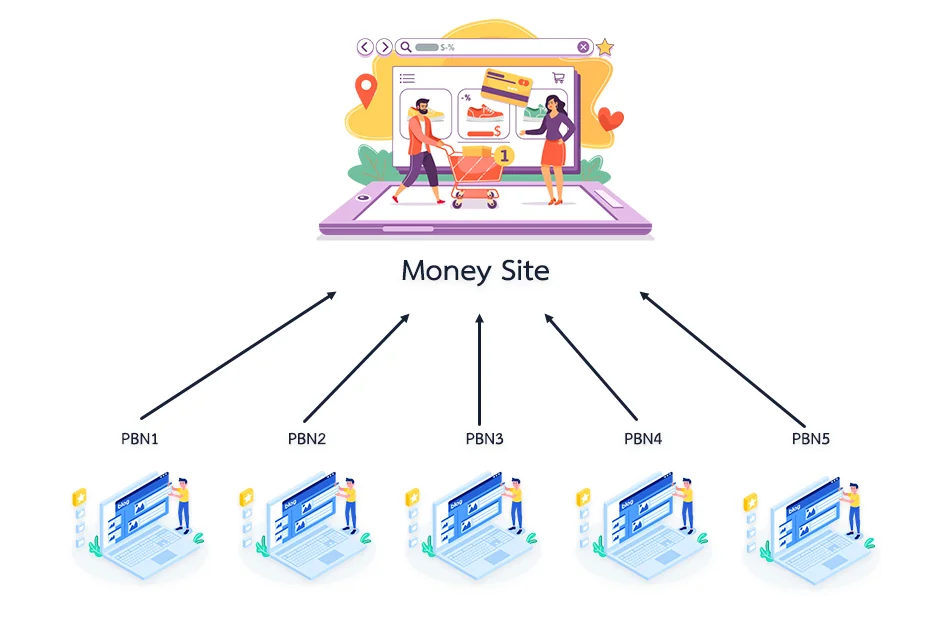All Categories
Featured
Table of Contents
- – How Much Does Semantic Seo Service Cost?
- – What Is The Top Semantic Seo Brand To Buy
- – Which Is The Leading Seo With Semantic Search...
- – Top Semantic Search Engine Optimization Store...
- – What Is The Most Reliable Semantic Tagging F...
- – Who Is The Premier Semantic Seo Tutorials Co...
- – What Is A Good Price For A Semantic Search O...
This is due to the fact that search engines have actually evolved and are moving more and much more in the direction of checking out content on the internet. Of course, that has also altered the way we create web content, especially if we want to place much better in the search engines.
Intertwingularity is not usually acknowledged, individuals maintain acting they can make things deeply hierarchical, categorizable and sequential when they can not. Based on the partnerships in between search objectives, the search engine prefers a content in positioning by computing the distance in between the vectors of significance.
It enables you to see, beginning with a topic, all the entities that are associated to that subject. In this manner you can clearly see which entities/concepts/ideas have actually currently been covered on your internet site, and you can uncover new chances by comprehending what material you can include and just how to produce it.
How Much Does Semantic Seo Service Cost?
It is able to make your web content reasonable for search engines on the one hand and for your target market on the various other. Structuring your web content model highlights your web content and its hidden partnerships to ensure that search engines can acknowledge you amongst hundreds of items of details, making you extra noticeable to users that meet the search intent relevant to your company.
In semantic search engine optimization copywriting, an editor begins with a more comprehensive series of subjects and tailors the material to include semantically pertinent terms and phrases that aid readers comprehend a subject, similar to checking out content in a wiki. From a material writing point of view, one sensible way to do this is to create a vocabulary of terms and questions bordering your target topic.
What Is The Top Semantic Seo Brand To Buy
Find out more regarding by seeing the by!.

Semantic search describes the procedure of just how online search engine recognize and match key words to a searcher's intent in organic search results page. Before semantic search, internet search engine like Google ran like matchmakersaligning specific words in your question with those precise words on web pages. The results were uncomplicated however frequently did not have depth.
Which Is The Leading Seo With Semantic Search Company
It enables Google to use fast, exact solution to browse inquiries about real-world topics. When you kind an inquiry word right into Google, you're not simply going into a sequence of words. You take advantage of a complex web of significances and connections. Google's Expertise Chart sees these words as entities with context and connections.
When you look for "Apple," Google doesn't just see a word that defines a fruit. It identifies Apple as a company and can offer associated details. Like the name of its CEO, Tim Chef, or its most recent stock prices. Google introduced the Hummingbird update in 2013. It was Google's answer to the rise of voice searches, where questions ended up being much more conversational and nuanced.
Top Semantic Search Engine Optimization Store Near Me
By incorporating NLP, Hummingbird enabled Google to relocate past simple keyword matching. It helped the search engine comprehend search intent, enhancing the odds that results would precisely match the factor behind a user's search. As the third most crucial ranking aspect after content and web links, RankBrain has boosted Google's semantic search capabilities to recognize the significance of search queries.
RankBrain is an artificial intelligence system that assists Google analyze queries it hasn't seen before. It can make hunches concerning words and phrases it doesn't acknowledge and filter results appropriately. Making it extra effective at managing never-before-seen search queries. RankBrain takes into consideration greater than simply key words when examining a search query.
So it fetches outcomes that match the keywords and straighten with the overall intent of supplying young puppy training advice. And if the customer often looks for dog-related web content, Google may focus on much more detailed training guidesrecognizing the customer's recurring interest in the subject. Combining technologies like the Understanding Chart, Hummingbird, and RankBrain, semantic search assists the Google formula analyze and link information across a huge web of information.
What Is The Most Reliable Semantic Tagging For Seo?
The emphasis shifts from keyword option to a holistic technique incorporating customer intent, topical importance, and general individual experience. Producing web content that addresses the searcher's demands with extensive details can boost your SERP rankings.
And sort of material can best please their demands. A broader technique to material aligns much better with semantic search's change far from exact keyword matching and toward individual intent. Which clarifies the raised emphasis on subject collections, as opposed to specific keywords. Web content that covers search questions much more thoroughly not just satisfies individuals.
And 5 times higher than sites that take 10 secs to lots. While technical search engine optimization guarantees ideal site performance and availability, focusing on user experience (UX) takes it a step better. UX aims to develop a visually enticing, straightforward user interface with engaging, quality content that motivates site visitors to stay. Semantic search innovation allows search engines to aim for results that give the very best feasible UX.
Who Is The Premier Semantic Seo Tutorials Company

All showcase Google's capacity to attend to a subject inquiry comprehensively. By comprehending the context and intent behind individual questions, online search engine can provide much more pertinent information and possibly raise user engagement. Customization in search results produces better UX.Based on your previous search history and choices as a customer, semantic search assists internet search engine tailor the outcomes to fit your one-of-a-kind needs and interests.
It fetches outcomes that match the keyword phrases and straighten with the overall intent of providing young puppy training suggestions. And if the customer frequently looks for dog-related web content, Google may focus on much more comprehensive training guidesrecognizing the user's ongoing interest in the subject. Integrating technologies like the Expertise Graph, Hummingbird, and RankBrain, semantic search helps the Google formula analyze and connect information across a huge internet of information.
What Is A Good Price For A Semantic Search Optimization?
The emphasis shifts from keyword option to a holistic strategy encompassing user intent, topical importance, and total individual experience. Producing content that deals with the searcher's requirements with detailed details can enhance your SERP positions.

A more comprehensive method to content aligns much better with semantic search's shift away from exact search phrase matching and towards individual intent. Web content that covers search queries more completely not just pleases individuals.
And five times more than sites that take 10 seconds to lots. While technical search engine optimization guarantees ideal site efficiency and access, concentrating on customer experience (UX) takes it an action further. UX intends to develop an aesthetically attractive, easy to use user interface with interesting, top quality content that urges site visitors to remain. Semantic search innovation enables search engines to aim for results that give the most effective feasible UX.
All display Google's capacity to address a topic inquiry adequately. By recognizing the context and intent behind customer inquiries, search engines can supply extra appropriate info and possibly boost individual involvement. Customization in search results page creates much better UX.Based on your past search background and preferences as a customer, semantic search assists look engines customize the results to fit your special needs and rate of interests.
Table of Contents
- – How Much Does Semantic Seo Service Cost?
- – What Is The Top Semantic Seo Brand To Buy
- – Which Is The Leading Seo With Semantic Search...
- – Top Semantic Search Engine Optimization Store...
- – What Is The Most Reliable Semantic Tagging F...
- – Who Is The Premier Semantic Seo Tutorials Co...
- – What Is A Good Price For A Semantic Search O...
Latest Posts
What Is The Most Trusted What Is Semantic Seo Brand
Who Is The Most Trusted Semantic Seo Optimization Tools Provider In My Area
What Is The Most Reliable Semantic Seo Insights?
More
Latest Posts
What Is The Most Trusted What Is Semantic Seo Brand
Who Is The Most Trusted Semantic Seo Optimization Tools Provider In My Area
What Is The Most Reliable Semantic Seo Insights?